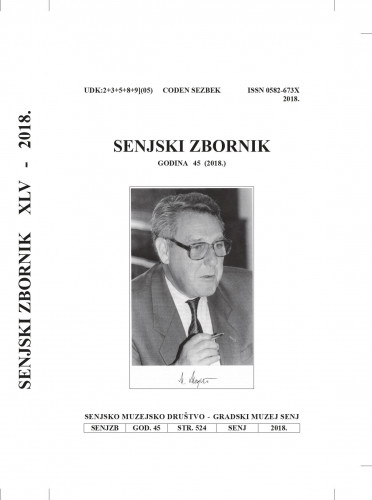U radu se analizira široki spektar ženskih likova kod najpoznatijih hrvatskih renesansnih i baroknih autora. Promatranje likova vrši se s obzirom na determinante književnopovijesnog razdoblja, manire izražavanja i književne ideje ili svrhe lika unutarpiščeve koncepcije svijeta. Renesansni autori su idealizirali žensku ljepotu, a barokni su je prikazali u dihotomnom obliku: kao izvor grešnosti (posljedica moralističke didaktičnosti), ali i izvor novih i smionih erotičnih imaginacija ili pak ideal duhovnih i etičkih vrlina. Uočeno je formiranje pet različitih tipova žena s obzirom na njihovu jaču realističku, simbolično-alegorijsku ili apstraktnu narav: petrarkističke gospoje, žene ratnice, dobre žene, žene bludnice i žene čarobnice. Posebno se proučio položaj Judite u promatranom korpusu. To djelo oduvijek je privlačilo pažnju književnih teoretičara, ali i jezikoslovaca jer se upravo njime hrvatska srednjovjekovna pismenost brzo transformirala u autorsku i nacionalnu literaturu.; In the paper the wide spectrum of female figures of the most famous Croatian renaissance and baroque authors is analysed. The consideration of the figures is carried out with regards to the determinant literary-historical period, the manners of expression and the literary ideas or purposes of the figures within the writer’s conception of the world. Renaissance authors idealised the female beauty, whilst baroque authors showed it in a dichotomous form: as a source of sinfulness (a consequence of moralistic didacticism), as well as a source of new and bold erotic imaginations or of spiritual and ethical virtues. The formation of five different kinds of women was noticed with regards to their stronger realistic, symbolic, allegorical or abstract nature: Petrarchist ladies, female warriors, good women, female whores and female enchantresses. Studied in particular is the position of Judith in the considered corpus. This work has always attracted the attention of literary theorists, as well as linguists because with it Croatian mediaeval literacy quickly transformed into authorial and national literature.
Sažetak

 Senjski zbornik : prilozi za geografiju, etnologiju, gospodarstvo, povijest i kulturu : 45(2018).
Senjski zbornik : prilozi za geografiju, etnologiju, gospodarstvo, povijest i kulturu : 45(2018).